Maples – The 3 Common Species
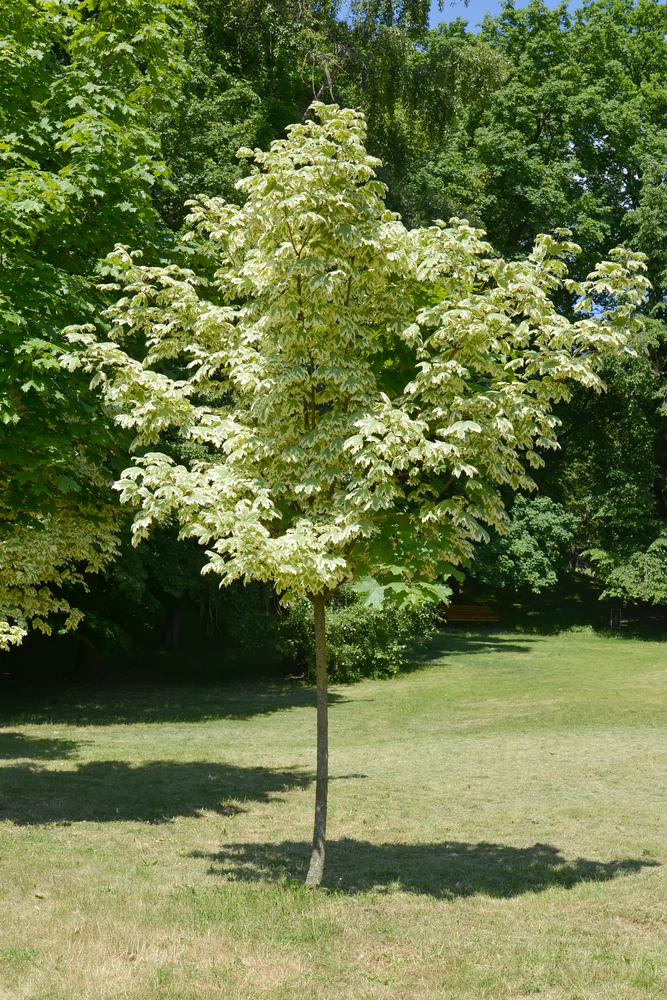
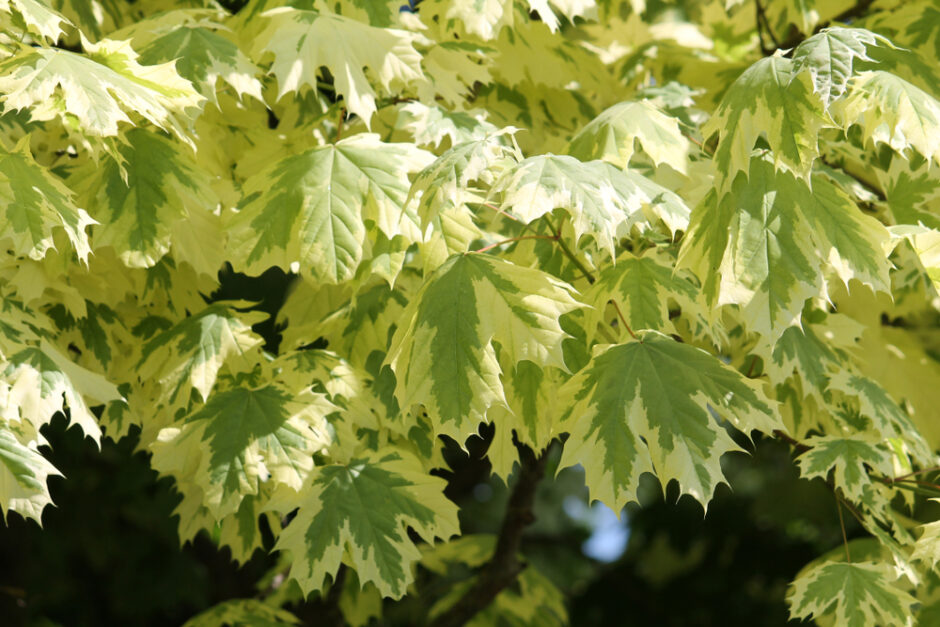
This is a Cultivar of the Norway Maple – Acer platanoides ‘Drummondii’. It won an Award of Merit in 1956 and an Award of Garden Merit in 1969. It was very popular in the 1970s/1980s, but you hardly see it planted much nowadays. It’s gone out of fashion.
There are however 3 Maples that you’ll see all around you that haven’t fallen victim to human whim, so these are the ones that I’ll show you. They all have many things in common – their buds are set opposite each other, their leaves fall in the Autumn, they all produce flowers and ‘winged seeds’, but they are each a separate Species.
….
Where I have included information about the same thing in the Plant Guide section of our website I’ll include a link to the relevant page as well.
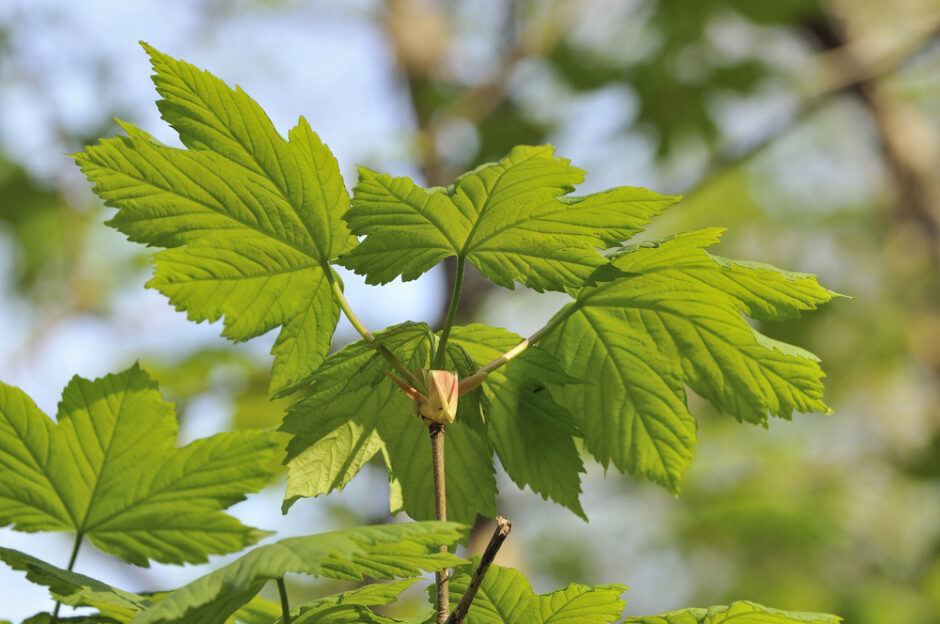
This is the leaf of the Sycamore Tree – Acer pseudoplatanus. It is a very common tree, and to be honest can be a bit of a weed, and It makes a large tree if it’s allowed to grow.
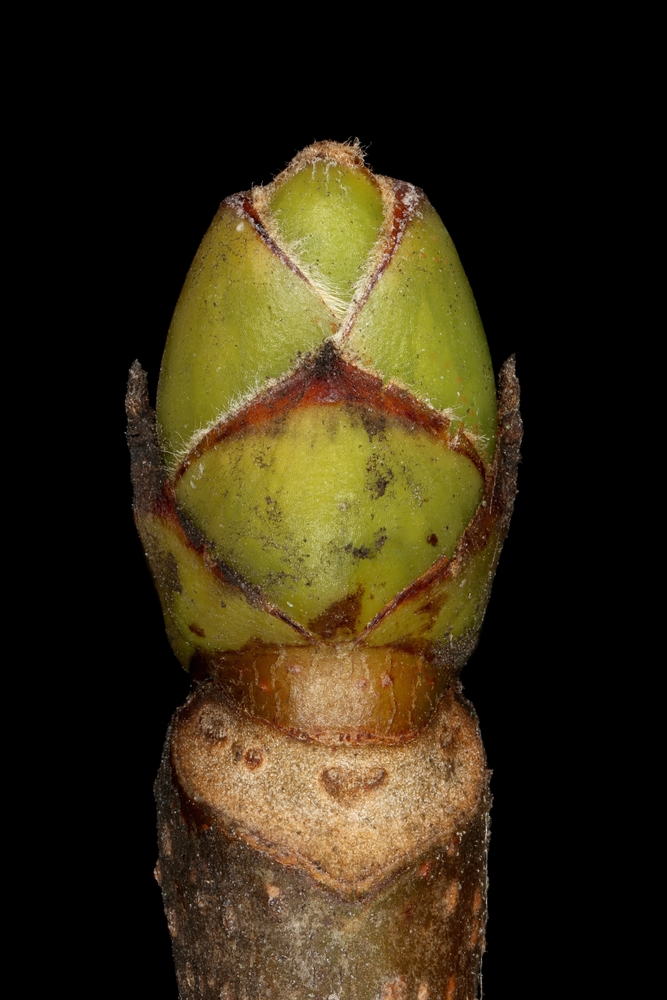
The Sycamore’s Winter appearance is very different to how it looks in the Summertime. Being a deciduous tree, all it’s leaves are shed in the Autumn months, and the newly formed green buds are left exposed on the branches of the bare tree.
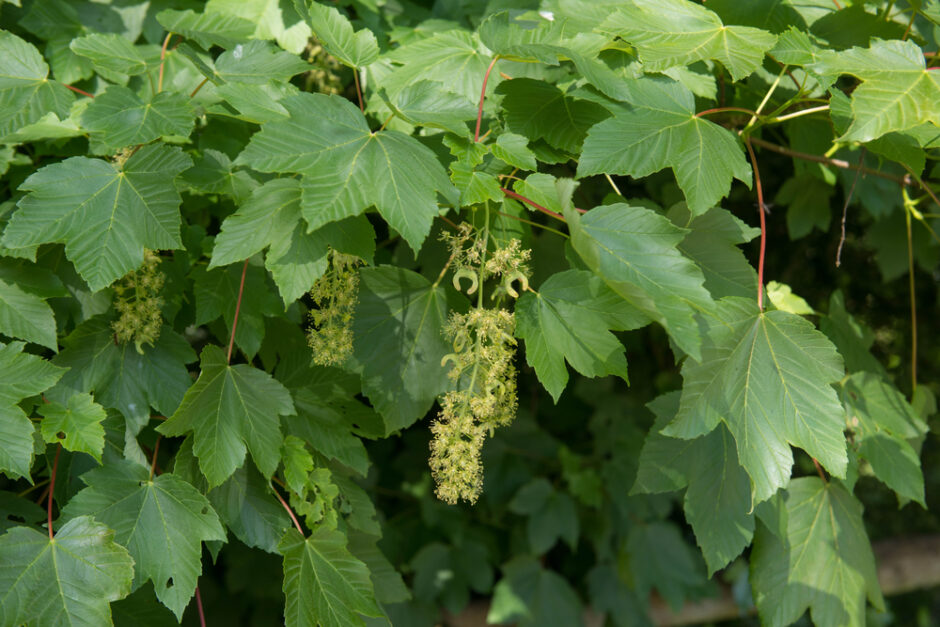
And these are those catkins which appear at the same time or shortly after the leaves open. It can be seen in this photo that the seeds set very quickly as they are showing their wings at the top whilst the flowers are still open at the bottom of the catkin.
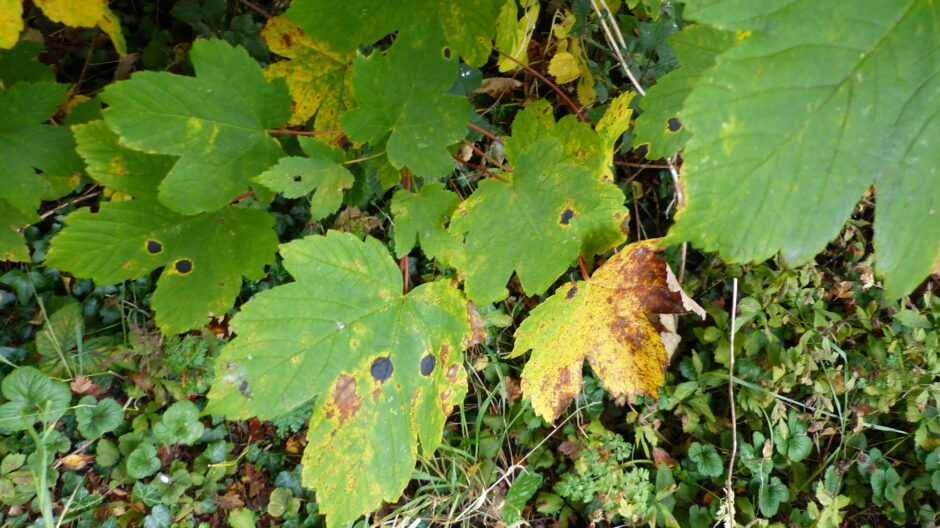
This image shows clearly the common black spot disease that occurs on Sycamore. Whilst the levels of sulphur were high in our atmosphere in towns and cities, it was a rare sight. Todays cleaner air means that the sulphur levels which kept the incidence of black spot at bay are no longer able to control it, and so it is quite commonly seen.
http://www.priestgate.co.uk/plant-guide/sycamore
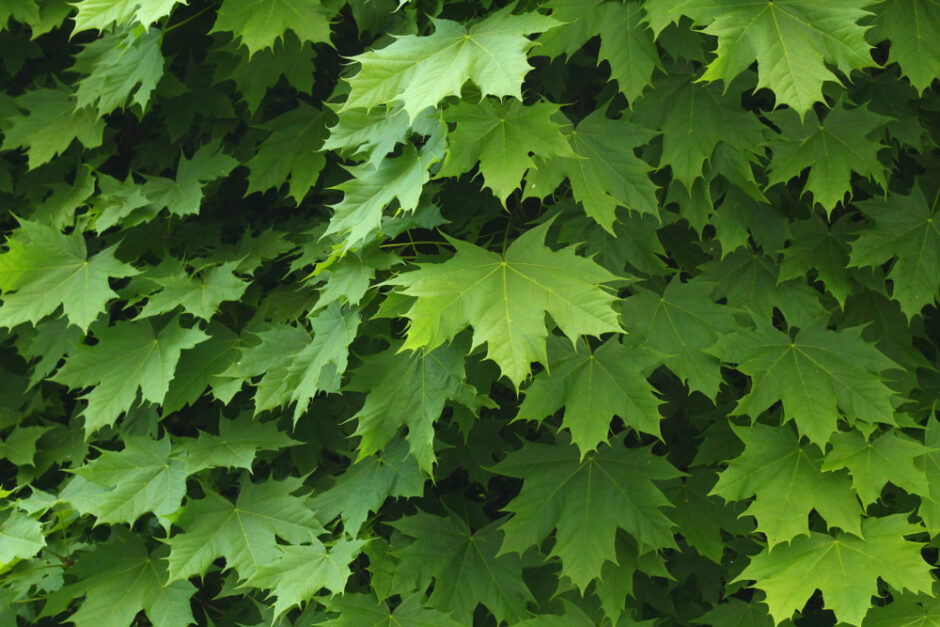
This is the leaf of the Norway Maple – Acer platanoides. Once again, it’s a very common tree capable of becoming quite large. Often mistaken for a Sycamore, and Visa Versa, it really is very different, and there are a good number of clues to help us tell the difference. The very edge of any leaf is known as the ‘Leaf Margin’. On the Sycamore you’ll notice that it is serrated and on the Norway Maple the Margin is referred to as being ‘Entire’. If you take a close look you’ll see what I mean. So that’s the first clue.
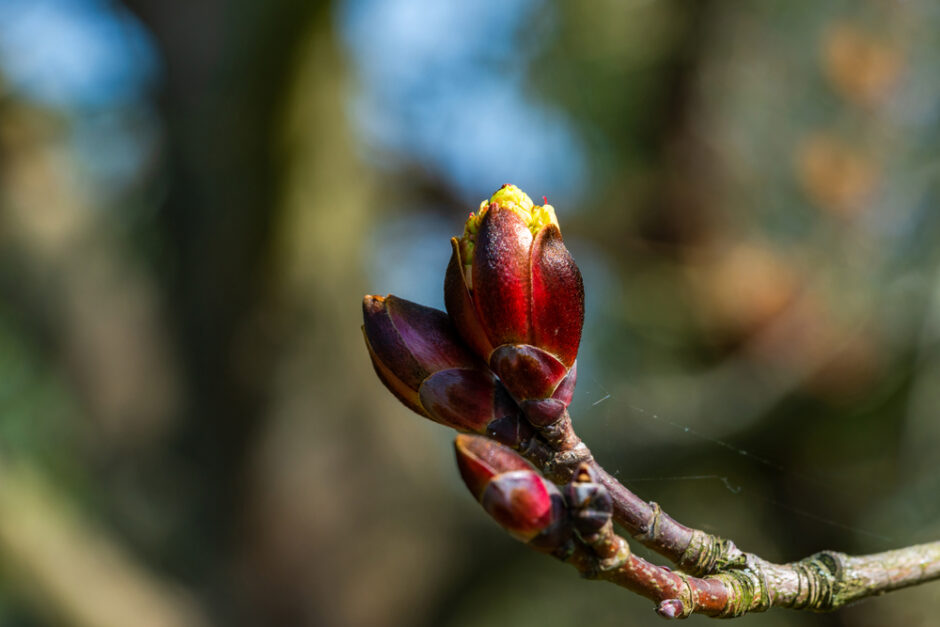
So here’s the second clue. The winter buds are not green but red.
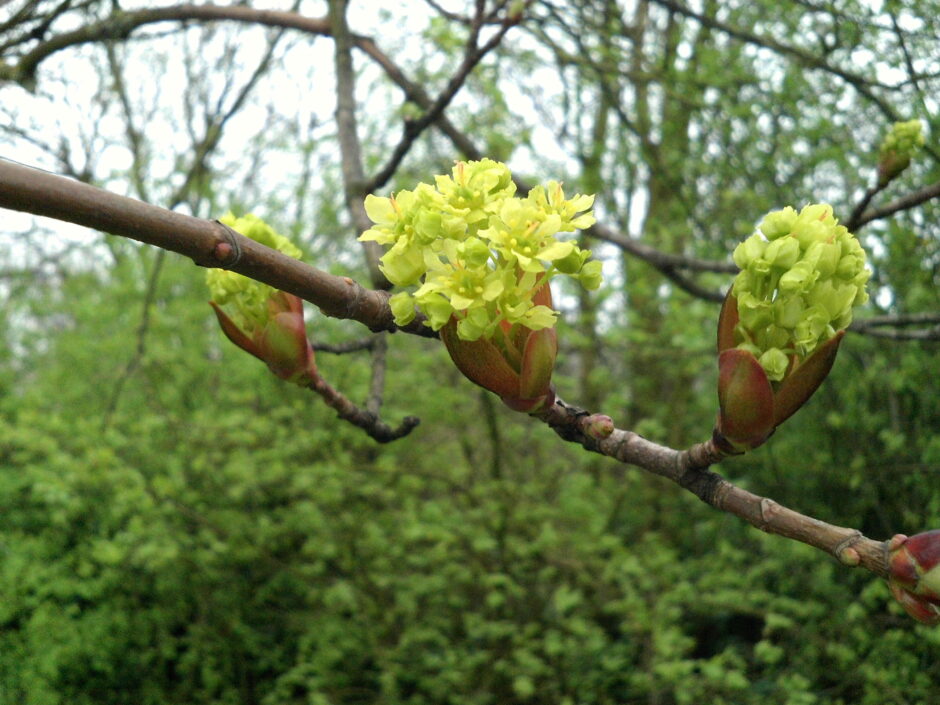
The third clue concerns the flowers. On a Sycamore large drooping catkins are formed that appear at or just after the leaf immerges. On the Norway Maple they appear on the bare twigs well before the leaf, and in small bunches which do not hang down.
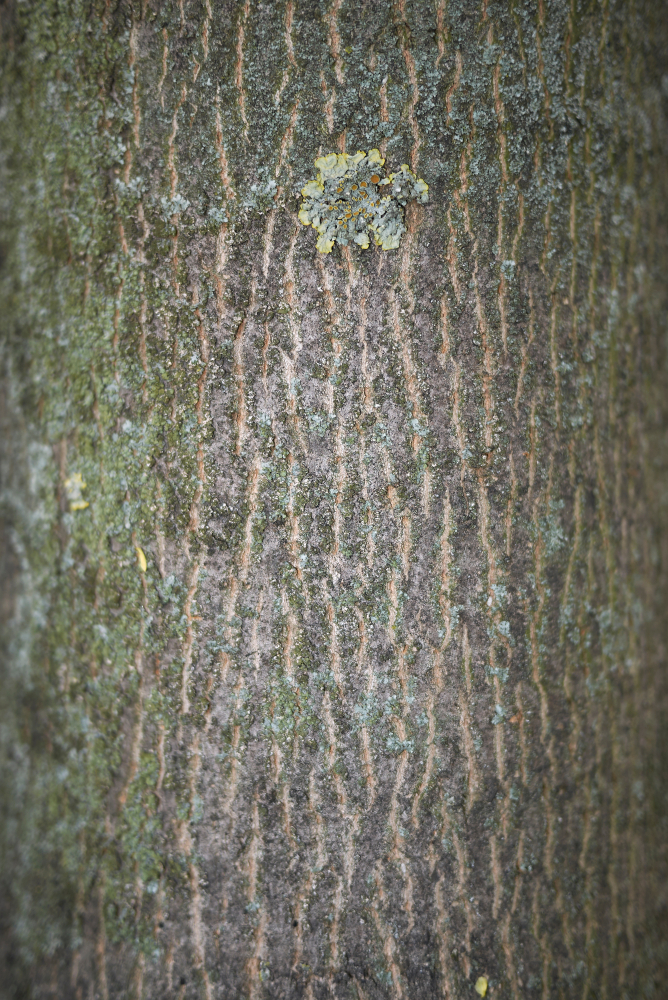
Then clue four concerns the bark. And even on a young tree the vertical stripe is clearly evident on the bark. And not on the Sycamore.
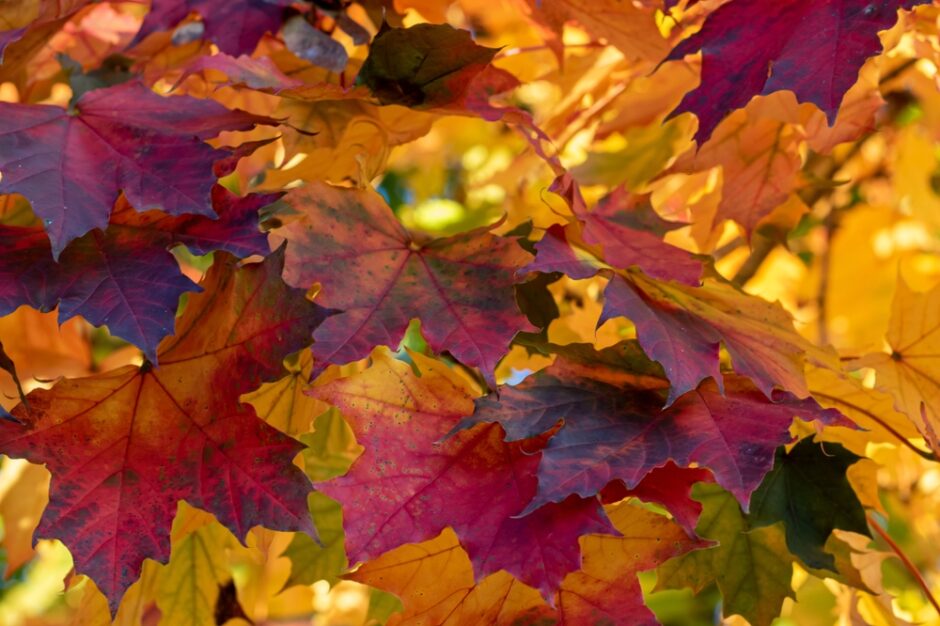
The fifth clue concerns the colours that the leaf can turn in the Autumn. Sycamore may achieve a yellow colour but it’s not as big a show off as the Norway Maple.
http://www.priestgate.co.uk/plant-guide/norway-maple
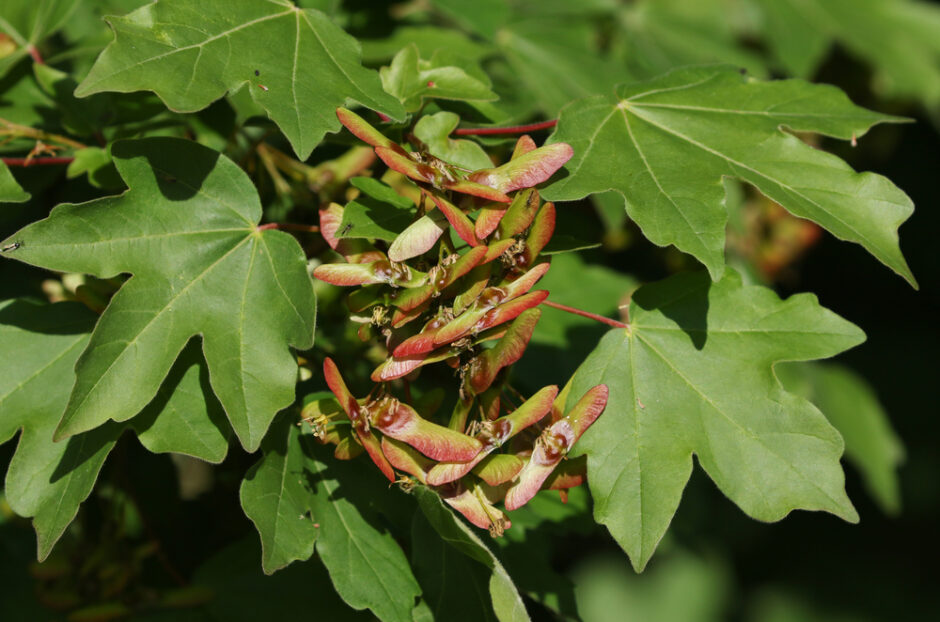
The third commonly found Maple is the Field Maple – Acer campestre – forming hedges in a rural setting or in roadside plantings to screen traffic sounds from housing nearby. The leaf is very much smaller than the Sycamore and Norway Maple that we’ve looked at – probably only one sixth of their size. But their flowers are very similar to the Norway Maple, being held upright on the bare twig, but they flower a couple of weeks or so later. The tree would ultimately be only medium sizes at best when fully grown, and the autumn leaf colour is yellow.
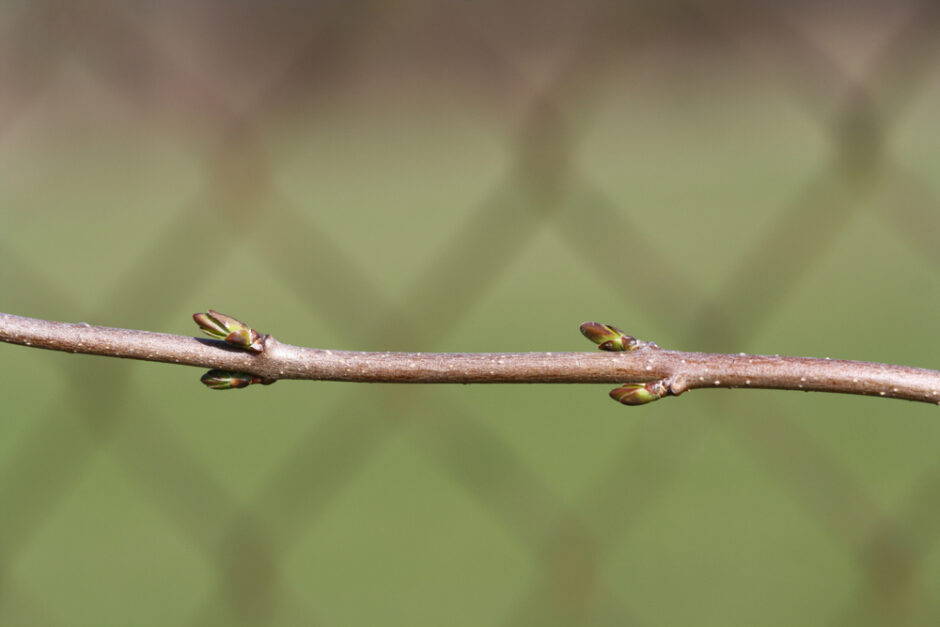
The winter buds and twigs are substantially more slim than that of the Norway Maple, but the buds are green.
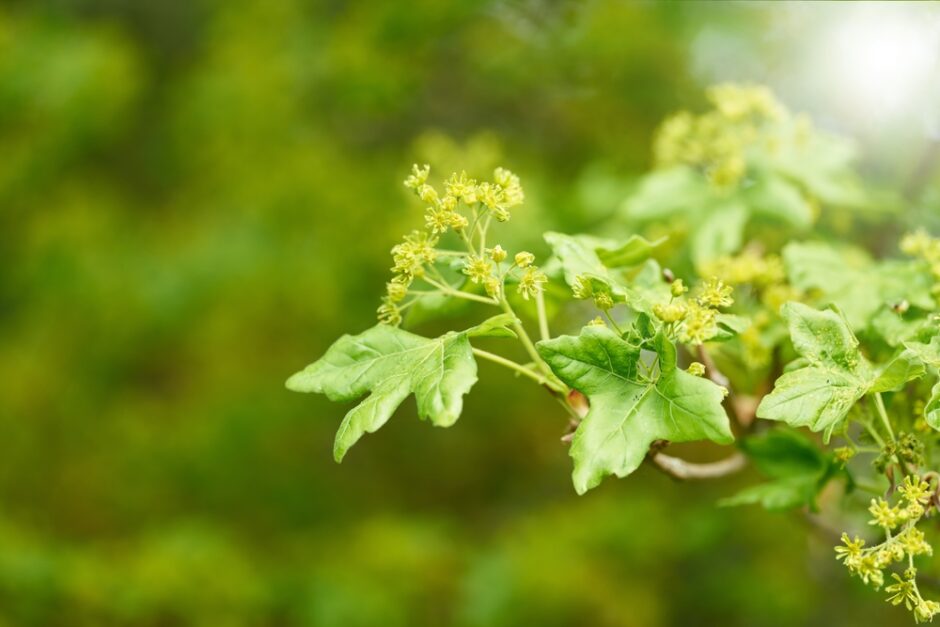
The flowers come after the leaves appear, and from a timing perspective, later by maybe a week than the Norway Maple.
